Vingroup has proposed investing in a high-speed urban railway project connecting the center of Ho Chi Minh City with Can Gio district, with a total estimated investment capital of about 4 billion USD. The project is expected to significantly shorten travel time and create development momentum for the Can Gio coastal tourism urban area.

Detailed planning and route
According to the latest proposal that has been supported in principle by the Ho Chi Minh City People's Committee, the starting point of the route will be adjusted from Tan Thuan Ward (District 7) to Ben Thanh Market area (District 1). This change aims to connect directly with Metro Line 1 (Ben Thanh - Suoi Tien), creating a seamless public transport network, improving operational efficiency.
The expected route is as follows:
- Underground section: From Ben Thanh station to Tan Thuan station, the route will be constructed underground to minimize site clearance costs and impact on existing urban areas.
- Elevated section: From Tan Thuan station to Can Gio, the route will be elevated according to the original plan. The route passes through Nguyen Van Linh and Nguyen Luong Bang streets, crosses the Soai Rap River and runs along Rung Sac Street to the end point in Can Gio.
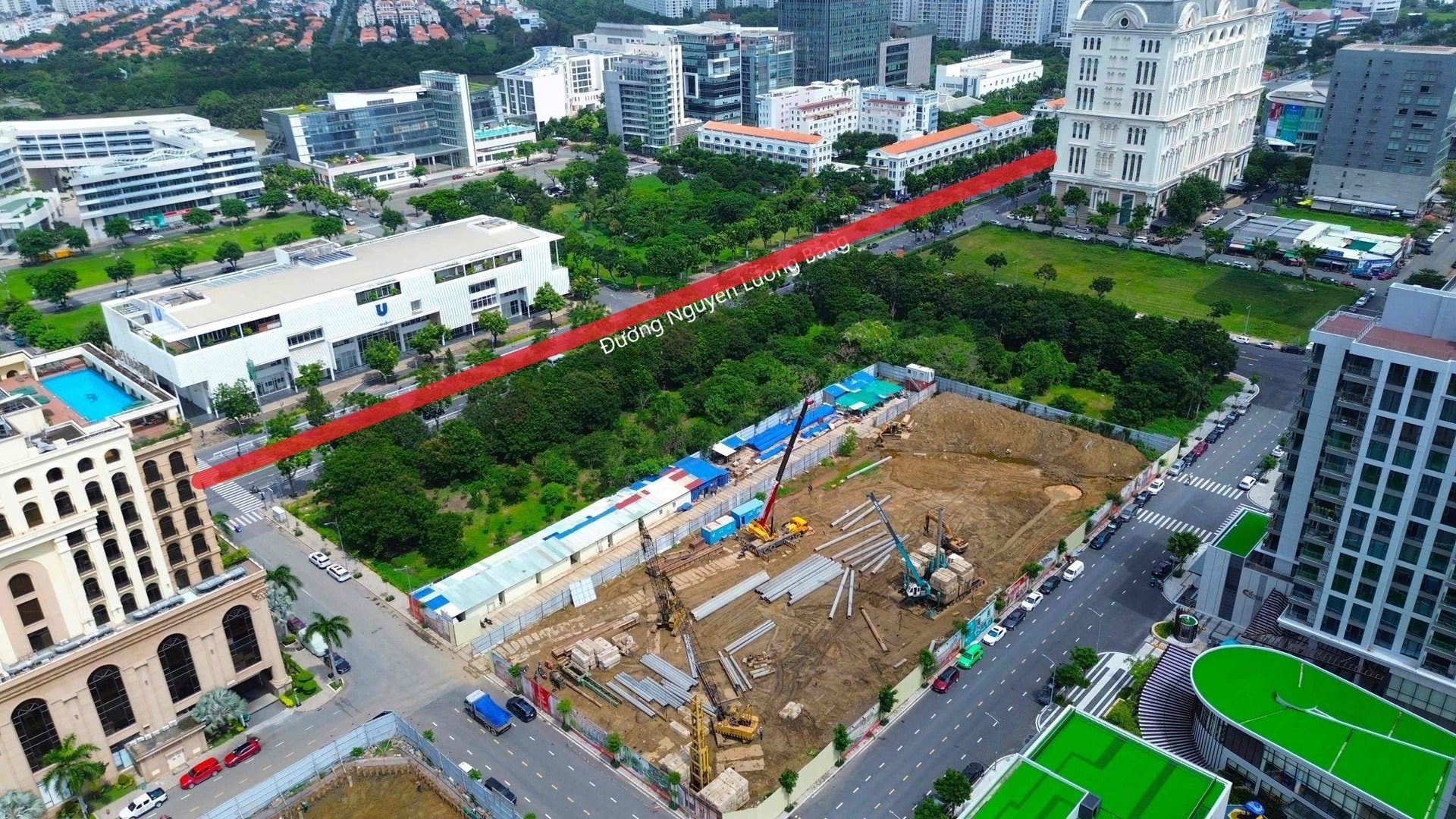
The total length of the entire route is 48.5 km, designed according to double track standards, 1,435 mm gauge. The maximum design speed is up to 350 km/h, helping to shorten the travel time from the city center to Can Gio to only about 12 minutes.
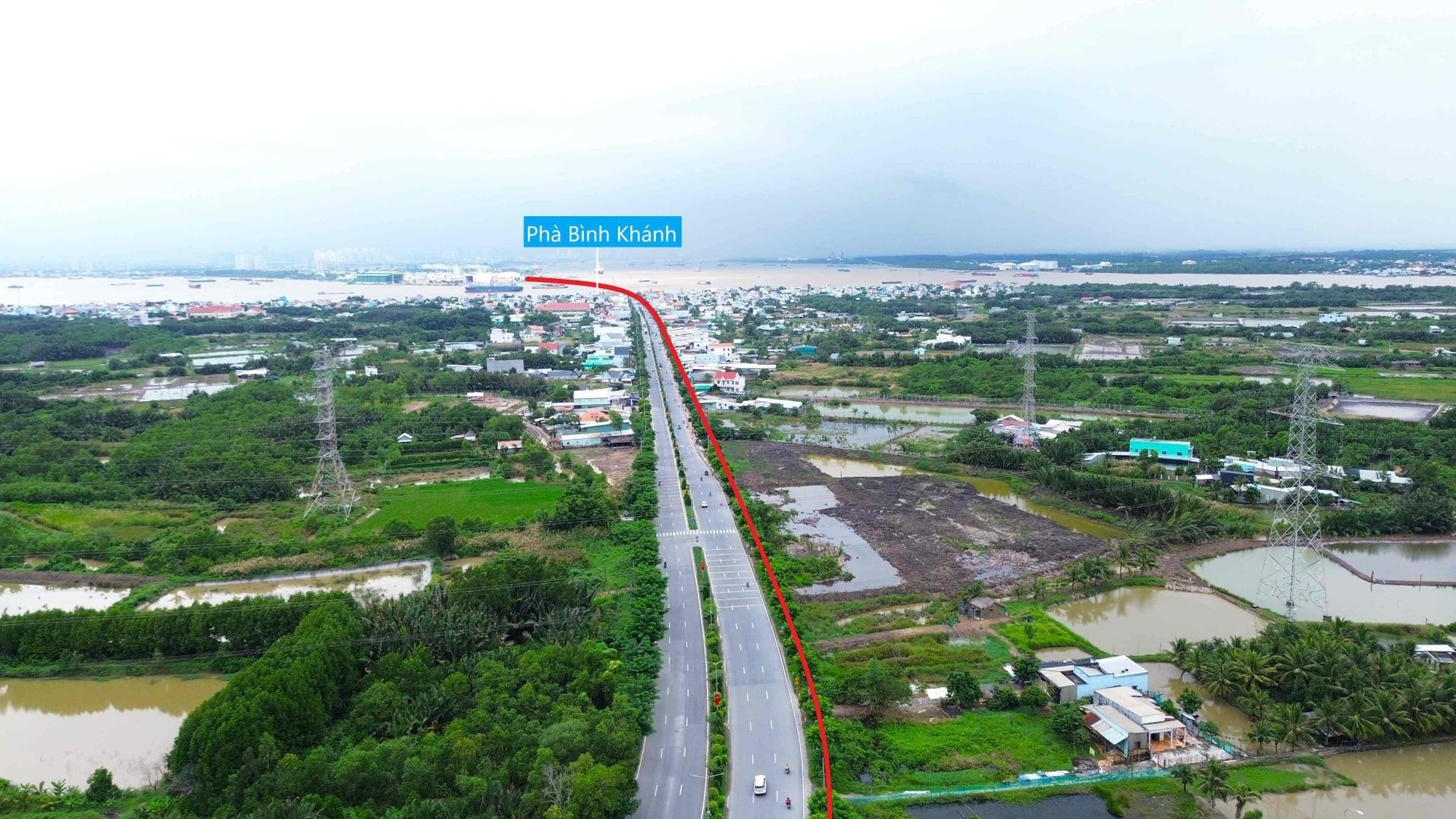
Investment capital and expected progress
The project has an estimated total investment of about 4 billion USD. According to a representative of Vinhomes, it is expected that the preparation work will be completed so that the project can be implemented by the end of 2025 or at the latest in early 2026. The construction period is expected to last about 2 years, with the goal of officially putting it into operation from 2028.
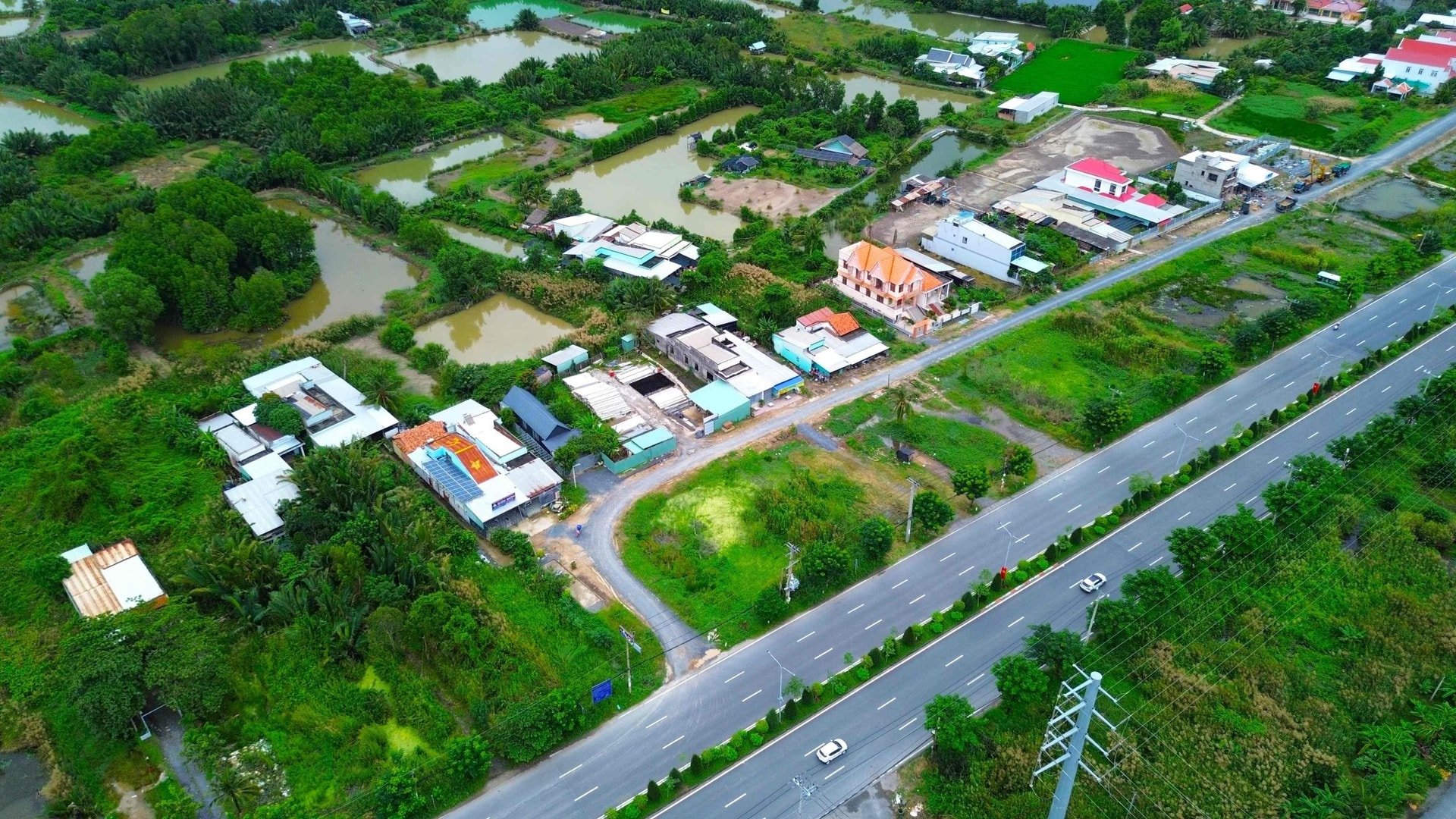
Other connecting infrastructure projects
Besides the high-speed railway, Can Gio area is also planning many other important infrastructure projects to break the monopoly and increase connectivity.
- Can Gio Bridge: The Soai Rap River overpass project connecting Nha Be and Can Gio districts, with a length of more than 7 km and a total investment of more than VND 11,000 billion, is expected to be completed before 2030 to replace Binh Khanh ferry.
- Can Gio - Vung Tau sea crossing route: Vingroup Corporation has also proposed to study and invest in this route under the BT form, opening a new connection direction for Can Gio with the key economic zone of the South.
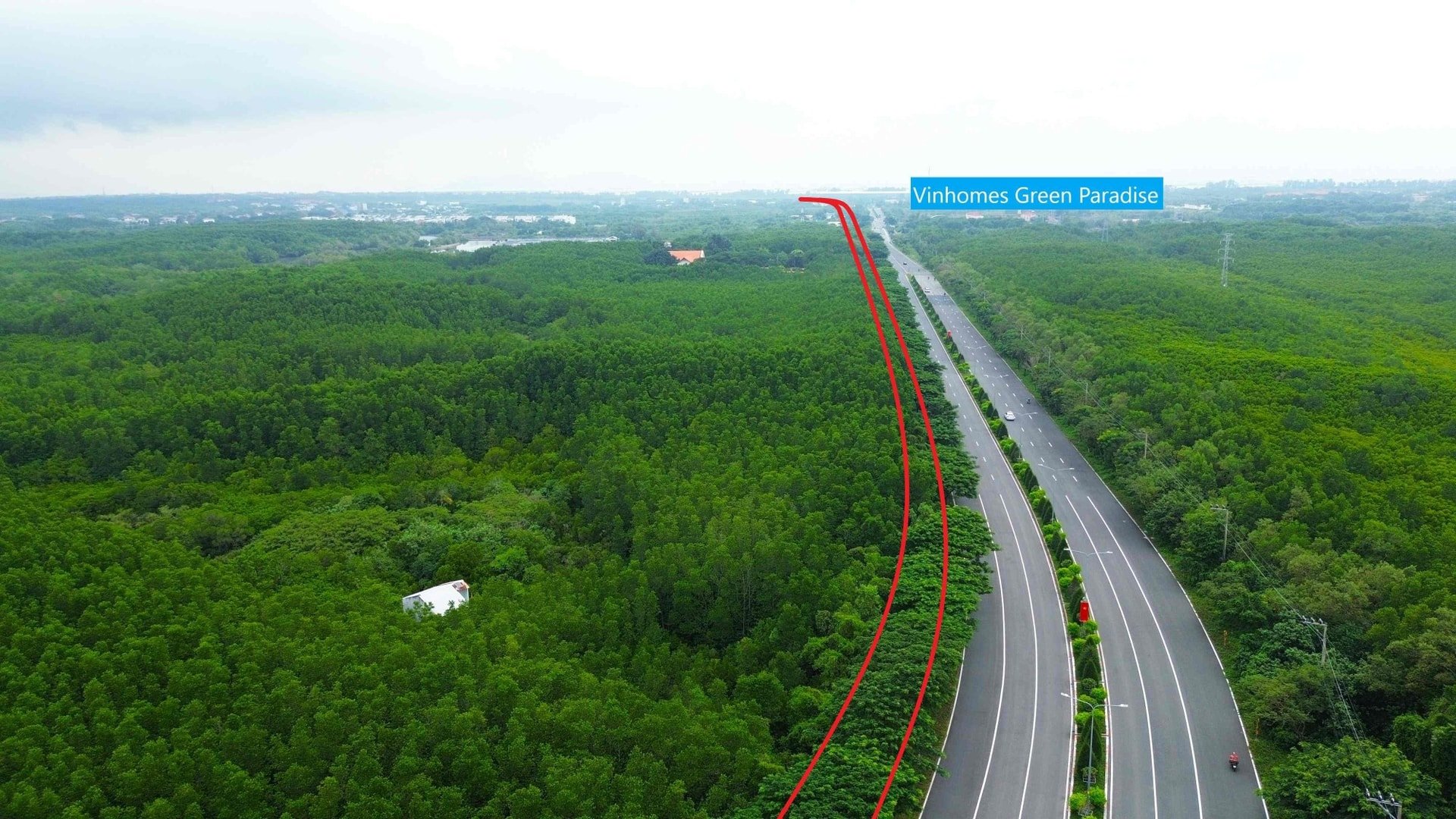
The Ho Chi Minh City People's Committee has requested Vinspeed High-Speed Railway Investment and Development Joint Stock Company to continue researching and perfecting the route to ensure feasibility, optimize exploitation capacity and serve the city's socio-economic development.
Source: https://baolamdong.vn/duong-sat-4-ty-usd-noi-trung-tam-tphcm-voi-can-gio-sap-xay-dung-401049.html




![[Photo] Da Nang: Hundreds of people join hands to clean up a vital tourist route after storm No. 13](https://vphoto.vietnam.vn/thumb/1200x675/vietnam/resource/IMAGE/2025/11/07/1762491638903_image-3-1353-jpg.webp)








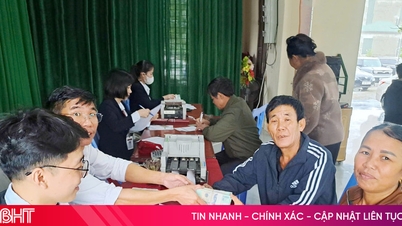

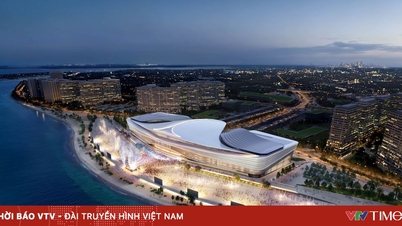





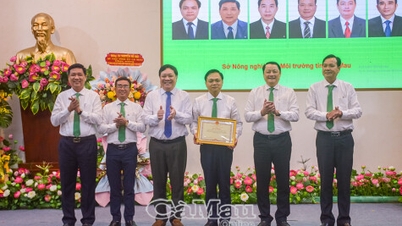










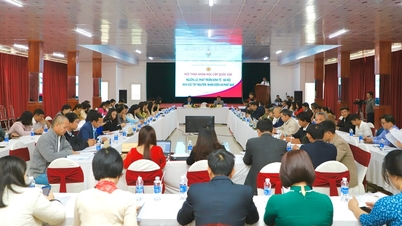



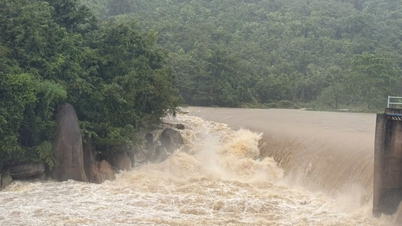



































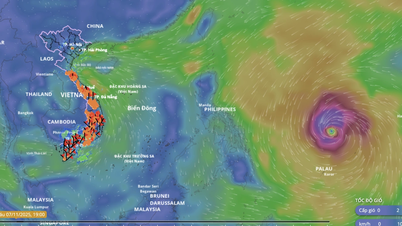




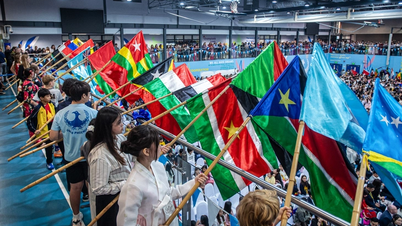





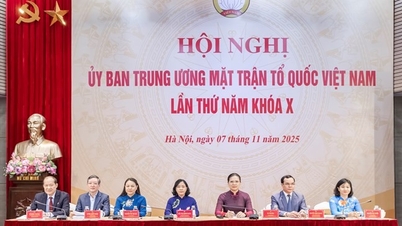
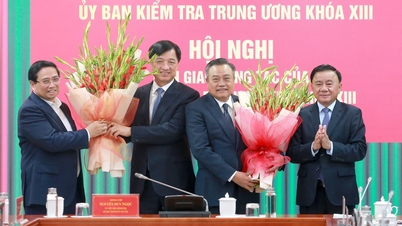





![[Photo series] Bu Gia Map National Park "tells stories" of changing seasons](https://vphoto.vietnam.vn/thumb/402x226/vietnam/resource/IMAGE/2025/11/08/1762556754197_ttttttttttttttttt_20251107112659.jpeg)




















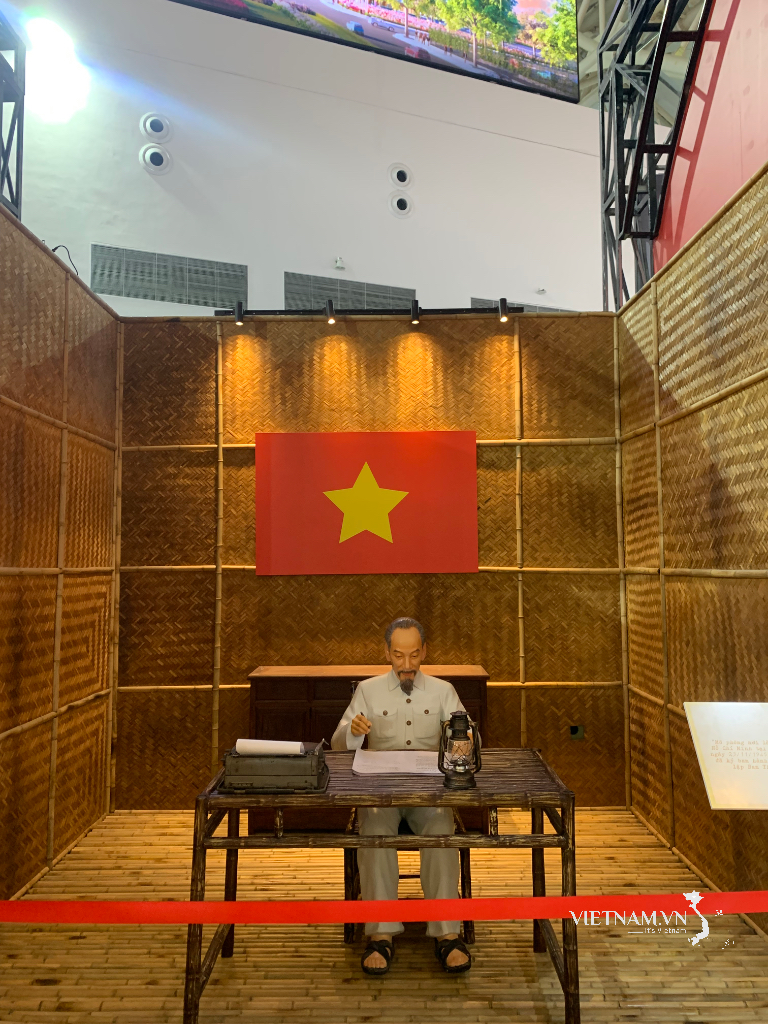
Comment (0)